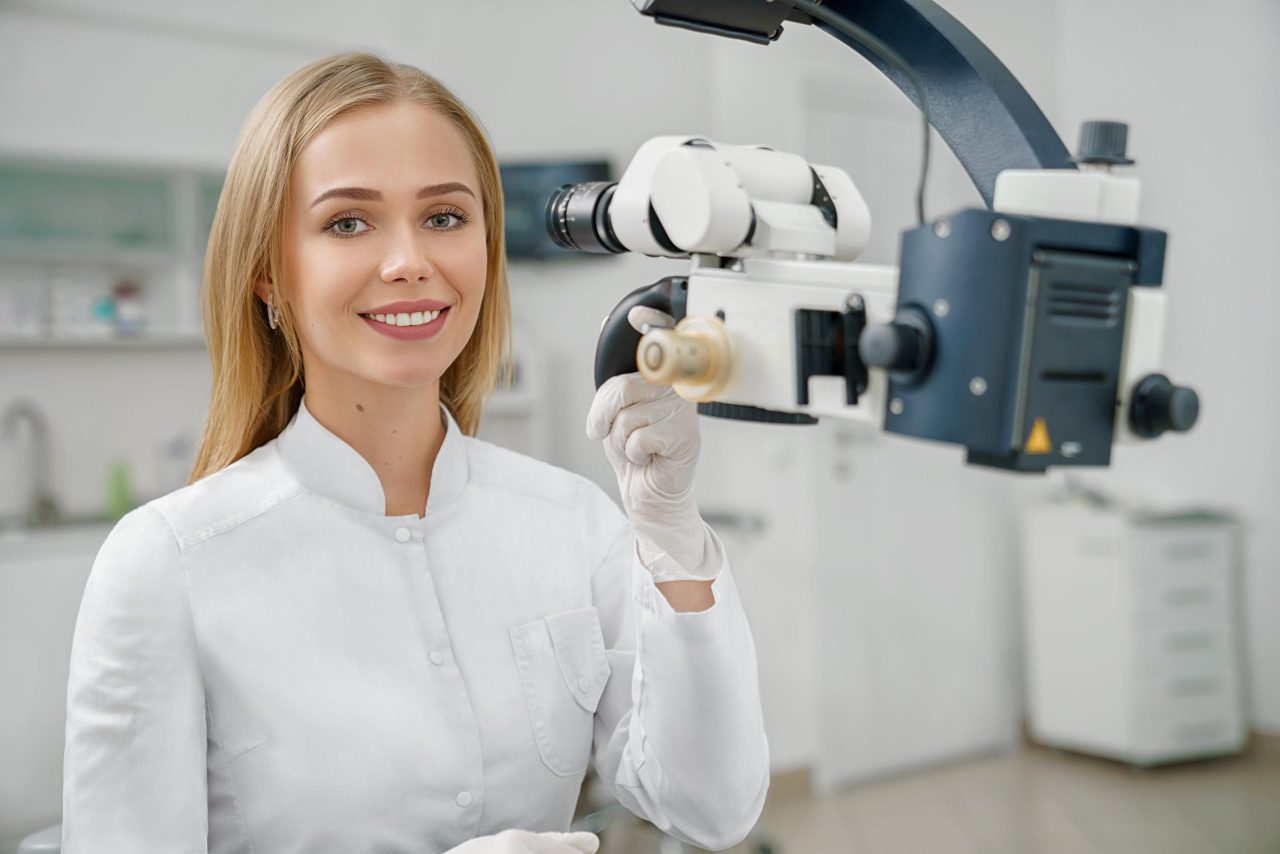Microscopes are essential equipment in any laboratory, some are very simple while others are more complex equipment; however, they are all made up of many parts that require proper maintenance, since they represent a large investment.
Fungi are one of the great enemies of the optical components of microscopes, since these microorganisms are capable of producing irreversible damage, if they are not treated in time. If the area where the microscope is operated is very humid, the microscope should be placed near the air conditioning, or under an infrared lamp so as not to promote the proliferation of these germs.
You must bear in mind that fungal spores are everywhere and germinate in suitable environmental conditions:
Relative humidity of at least 70% for more than 3 days
Little or no air flow
Darkness
Nutrients (textile lint, traces of grease, varnish, dust and dirt)
What considerations should you take into account to avoid the growth of fungi in your microscope?
To prevent fungal growth on the optics of your microscope, the following precautions should be observed:
Once the objectives have been used and cleaned, they should be dried immediately. Turning on a fan in the room will speed up the drying process.
Keep the optics in a dry place with a relative humidity below 65% and with plenty of air circulation. Air conditioners and dehumidifiers are very useful, but should be used 24 hours a day as sudden changes in temperature and humidity promote fungal growth.
In a humid environment, do not cover your microscope with plastic covers as these will retain moisture. If you need to cover the equipment to protect it from dust, use a cloth cover. Do not use leather, textile, or wooden containers.
Exposing the optical components of the microscope to artificial UV light can help prevent fungal growth.
Use replaceable fungicidal granules in cabinets where objectives are stored or inside large devices such as surgical microscopes. These can be obtained from some instrument manufacturers and have a shelf life of approximately 3 years.
Eliminating fungi
Removing fungi from microscopes can be difficult and may not give adequate results, as the damage is usually permanent. However, killing and removing fungi and cleaning the optical surface can extend the life of the instrument if it can still provide an acceptable image.
What parts of the microscopes need to be disinfected?
You should disinfect the areas of the microscope that are most frequently touched. These include the eyepieces, stage handle, focus knobs, lens holders (where lenses are mounted).
What can be used to disinfect microscopes?
Commonly used surface disinfectants contain alcohols, aldehydes, chlorine compounds, phenols, and peroxides. The effectiveness of disinfection depends on the concentration of the disinfectant, the time of contact with the material and the type of microbes present. In addition to the disinfectant, you need cotton swabs, lens cleaning paper, and latex gloves. These items are disposable and must be discarded after use.
General considerations for keeping a fungus-free microscope
Good preventive care is essential to preserve the life of a microscope and to acquire quality images. The environment around the microscope must also be kept free of dust and moisture to prevent fungal growth. When not in use, microscopes should be covered with a protective cover to prevent accumulation of dust and moisture particles. After all, a clean and disinfected microscope is part of good scientific practice.
At Kalstein we offer you a wide range of microscopes of the highest technology. That is why we invite you to take a look at the HERE

